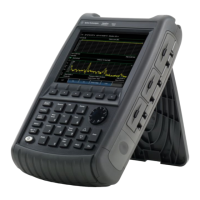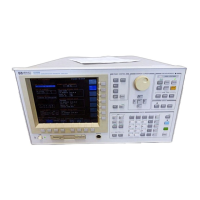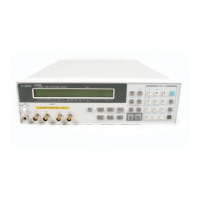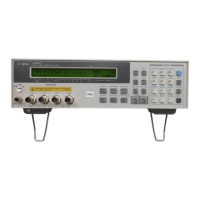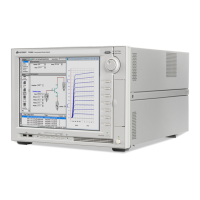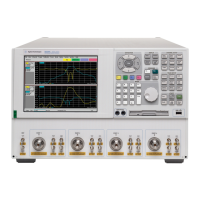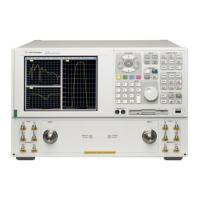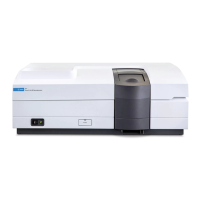Calibration for NA, CAT, and VVM Modes 73
To find the best choice for your DUT:
Press Preset then Preset.
Select the appropriate S-Parameter and other settings (frequency range,
resolution, and so forth).
Press Trace 6 then Math and Memory then Data->Mem.
Press Data & Memory.
Press Cal 5 then More
Select a CalReady Cal to compare with the current setting.
Press Esc to exit the cal menu.
View the differences in the two traces.
Verifying Calibration and Jumper Cable Integrity
After calibrating, it is important to verify that the calibration is good. When using
a jumper cable, also verify that the cable is of high quality.
Verify a Calibration
Connect a LOAD standard at the calibration reference plane (where calibration
standards were connected). This may be at the end of the jumper cable or at
FieldFox PORT 1 connector.
In CAT Mode, select Return Loss.
In NA Mode, select S11 with Log Mag format.
For frequencies lower than 9 GHz, observe the trace on the FieldFox screen:
o Lower than 35 dB indicates a GOOD calibration.
o Higher than 0 dB indicates that you should recalibrate.
Verifying Phase Accuracy
Connect a LOAD standard at the calibration reference plane (where calibration
standards were connected).
In NA Mode, select a S11 Reflection with Polar or Smith Chart format.
Because all LOAD standards have delay, you should see a small amount of
phase rotation as a function of frequency. In general, the measurement result
should agree with the characteristics of the calibration standard.
Test the Jumper Cable
With the LOAD standard still connected, move the jumper cable while observing
the trace.
If the measurement trace is relatively stable, the jumper cable is of good
quality.
If you observe significant movement in the peaks of the measurement trace
when moving the cable (>5 dB), the jumper cable may need to be replaced.

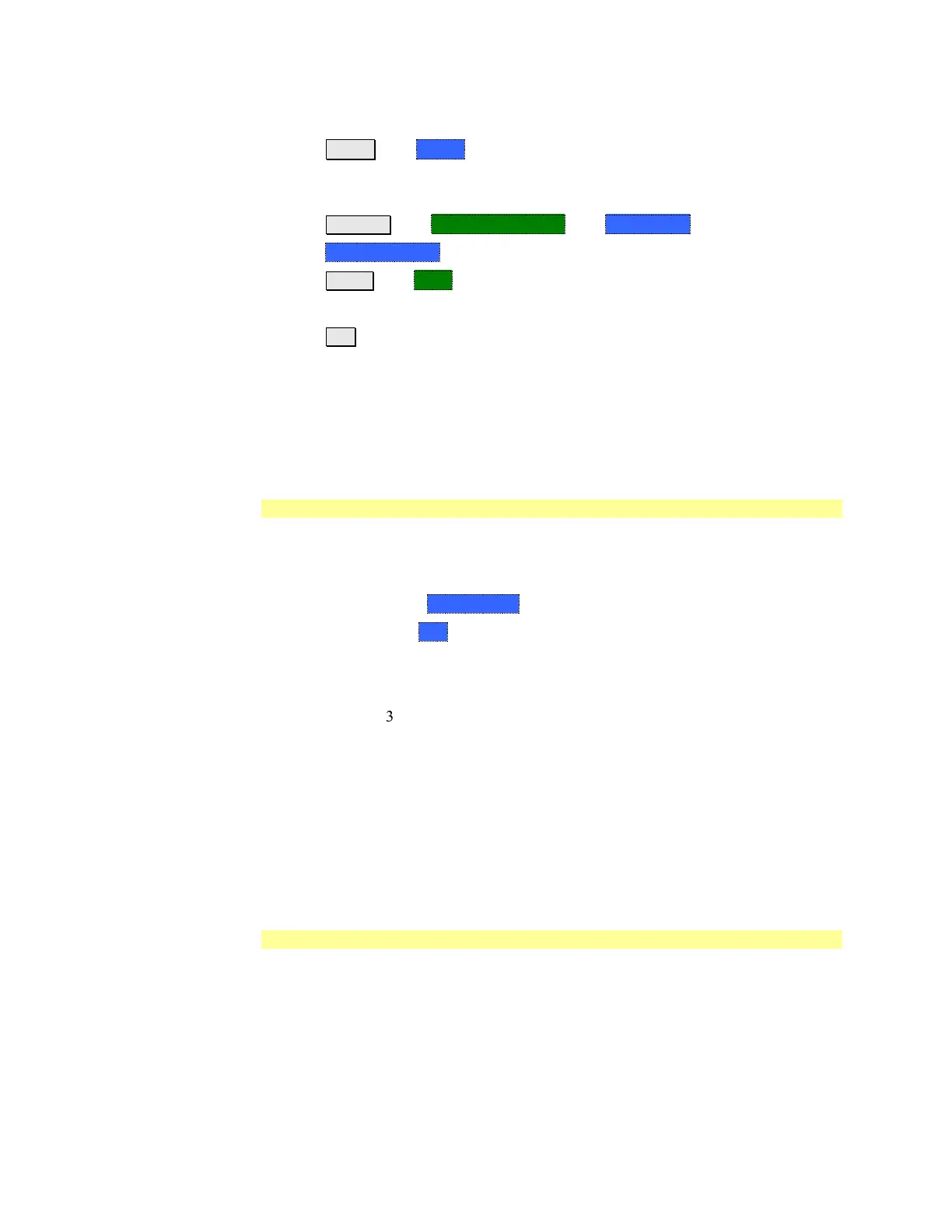